Multiple trips to the bathroom at night increase risk of falls and decrease quality sleep. In a recent human study, 64% of men using a nutrient combination experienced a reduction in nighttime overactive bladder.


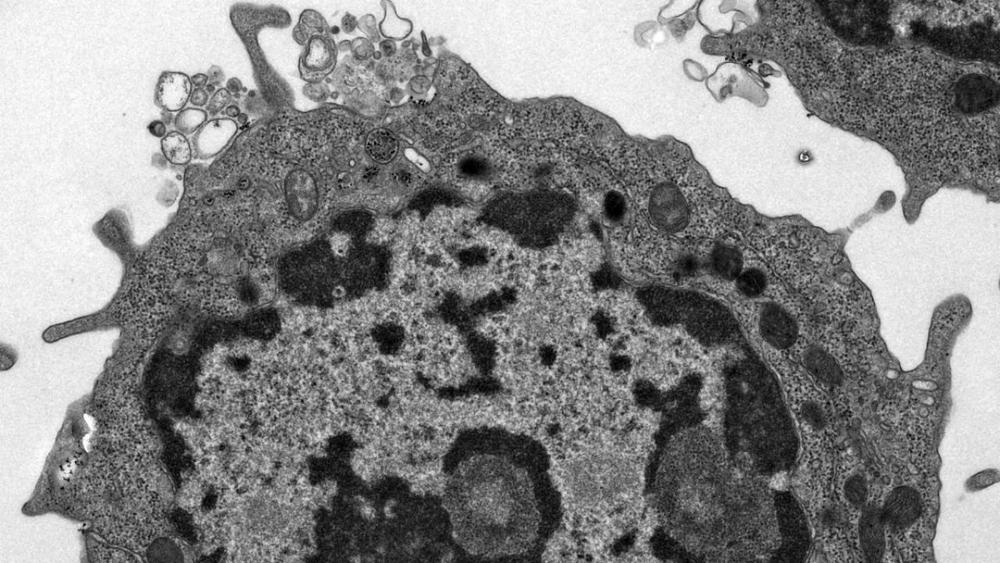
For most of their lives, our hematopoietic stem cells (HSCs)—which produce all of our blood and immune cells—are quiet and inactive. But they also are the toughest cells in the blood system, able to survive exposure to levels of radiation or viral infections that kill most other blood cells.
A new study from researchers in Columbia’s Stem Cell Initiative has discovered how HSCs cheat death, which could lead to new therapies for blood cancers and other diseases related to aging and improve stem cell transplantation.

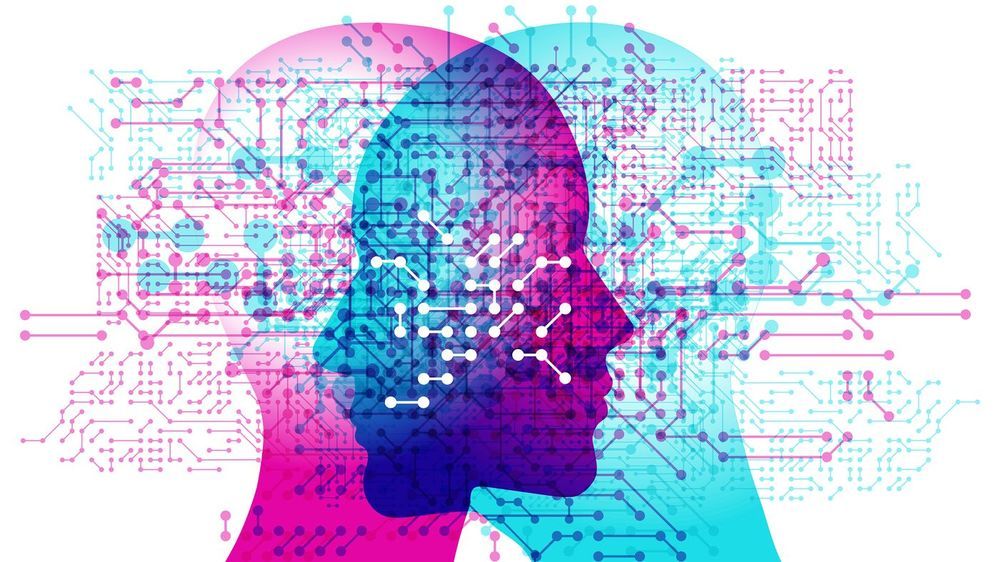
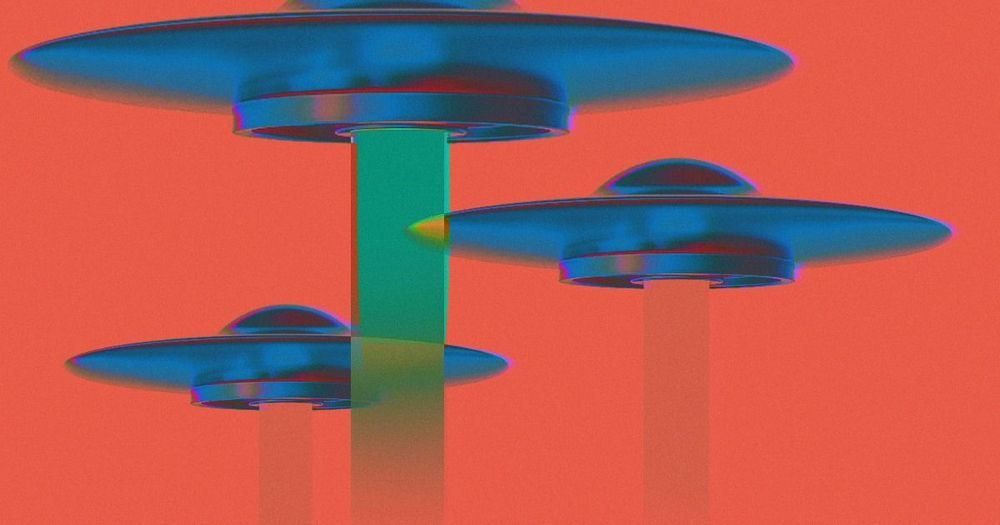
Watch enough movies in which aliens contact humans, and you’ll notice a trend: the people deciding how Earth should respond to the extraterrestrial communications are usually politicians or scientists.
But the UK Seti Research Network (UKSRN) thinks the average person should have a say in how Earth responds if aliens ever decide to say “hello” to humanity.
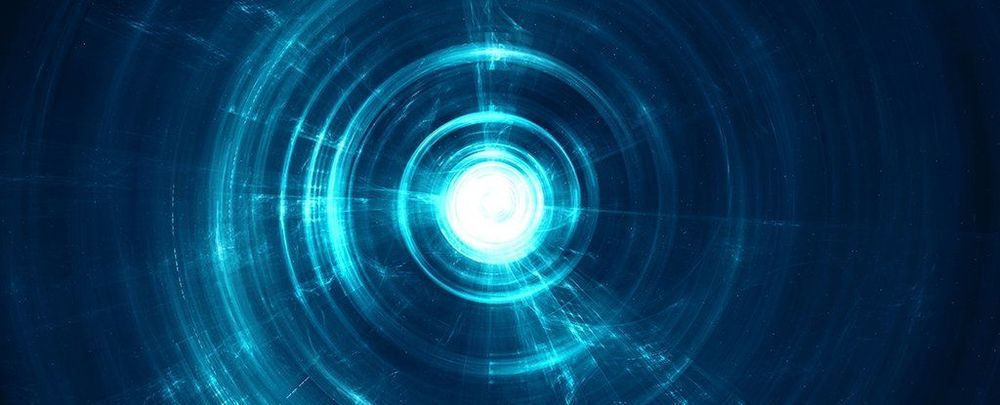
Researchers have come up with a way we could harvest energy from Earth by turning excess infrared radiation and waste heat into electricity we can use.
The concept involves the strange physics of quantum tunnelling, and key to the idea is a specially designed antenna that can detect waste or infrared heat as high-frequency electromagnetic waves, transforming these quadrillionth-of-a-second wave signals into a direct charge.
There’s actually a lot of energy going to waste here on Earth – most sunlight that hits the planet gets sucked up by surfaces, the oceans, and our atmosphere.
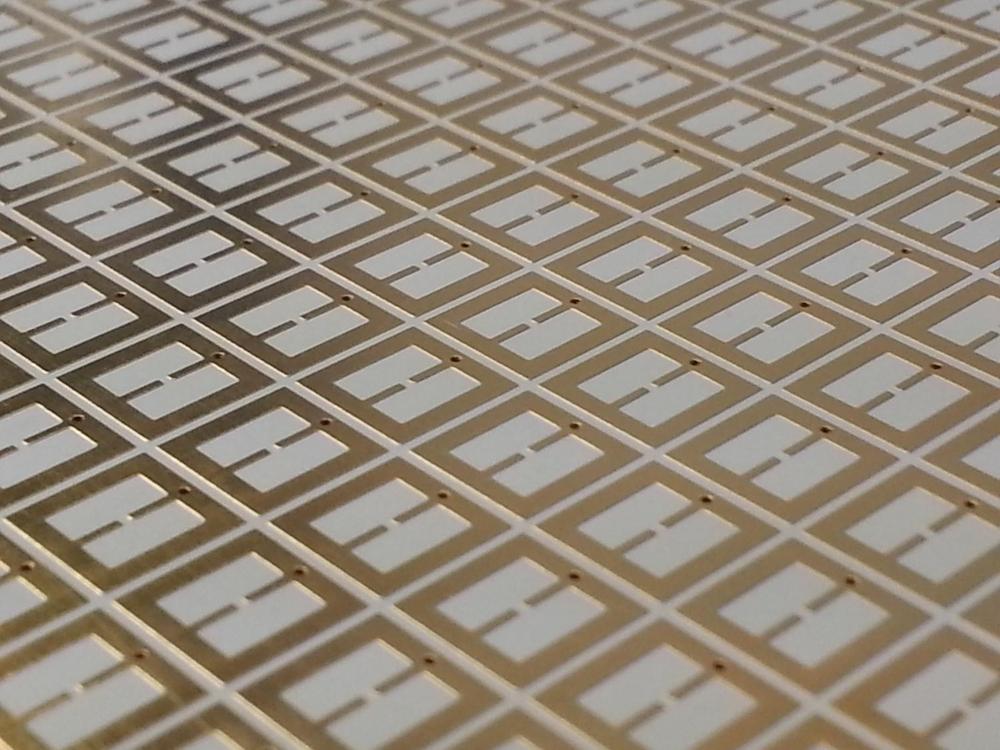
Circa 2015
For our modern, technologically-advanced society, in which technology has become the solution to a myriad of challenges, energy is critical not only for growth but also, more importantly, survival. The sun is an abundant and practically infinite source of energy, so researchers around the world are racing to create novel approaches to “harvest” clean energy from the sun or transfer that energy to other sources.
This week in the journal Applied Physics Letters, from AIP Publishing, researchers from the University of Waterloo in Canada report a novel design for electromagnetic energy harvesting based on the “full absorption concept.” This involves the use of metamaterials that can be tailored to produce media that neither reflects nor transmits any power—enabling full absorption of incident waves at a specific range of frequencies and polarizations.
“The growing demand for electrical energy around the globe is the main factor driving our research,” said Thamer Almoneef, a Ph.D. student. “More than 80 percent of our energy today comes from burning fossil fuels, which is both harmful to our environment and unsustainable as well. In our group, we’re trying to help solve the energy crisis by improving the efficiency of electromagnetic energy-harvesting systems.”
One of the coolest electric conversions we have ever seen, an old-school VW Bug powered by Tesla batteries, is being given away for a good cause.
Zelectric, a California-based company specializing in electric conversion, has equipped a 1958 VW Bug with their conversion kit, including an electric motor and Tesla battery modules.
They describe the vehicle:
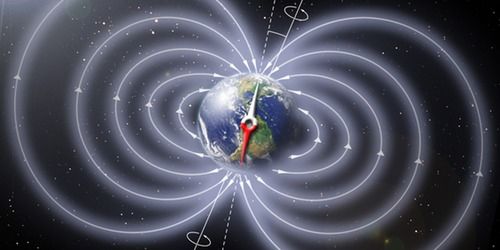
A loophole in a result from classical electromagnetism could allow a simple device on the Earth’s surface to generate a tiny electric current from the planet’s magnetic field.
It might seem that classical electromagnetic theory would hold few surprises, but two researchers argue that one aspect of received wisdom is wrong. They show theoretically that a device, sitting passively on the Earth’s surface, can generate an electric current through its interaction with the Earth’s magnetic field. The power from the proposed device would be measured in nanowatts, but might, in principle, be scaled up.
A century-old experiment showed that if any electromagnet with cylindrical symmetry (the symmetry of a bar magnet) rotates about its long axis, its magnetic field does not rotate [1]. There is a component of the Earth’s magnetic field that is symmetric around the rotation axis (which is not aligned with the magnetic poles), so according to this old principle, the axisymmetric component does not rotate. Any stationary object on the Earth’s surface sweeps through this component of the field, which is constant at any given latitude.